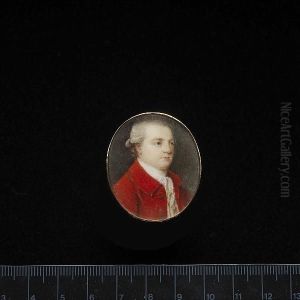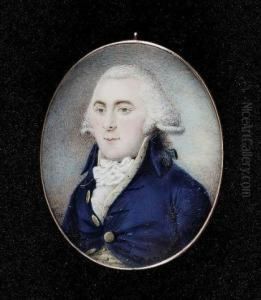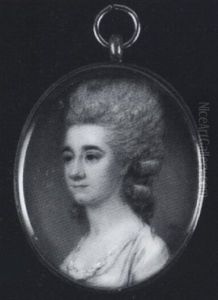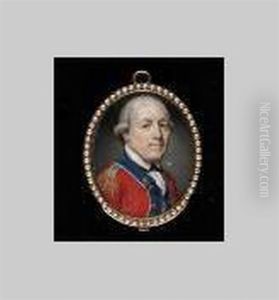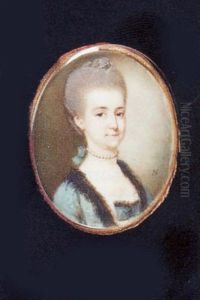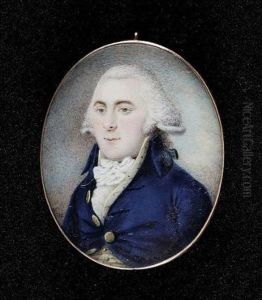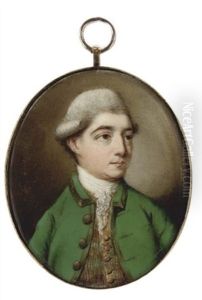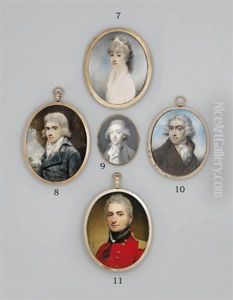James Nixon Paintings
James Nixon was a distinguished British miniature painter, known for his exceptional work in the 18th century. Born in 1741, Nixon became an integral part of the British art scene, contributing significantly to the development of miniature painting during his lifetime. He was a member of the Incorporated Society of Artists and played a vital role in its activities, eventually becoming a founding member of the Royal Academy of Arts in 1768, a testament to his skill and reputation among his contemporaries.
Nixon's work was characterized by its delicate brushwork, attention to detail, and the ability to capture the essence of his subjects with remarkable accuracy. He specialized in portraits, which were highly sought after by the elite of British society. His miniatures often depicted members of the aristocracy, and his talent in portraying his subjects with a sense of intimacy and immediacy won him many commissions.
Throughout his career, Nixon exhibited his work extensively, showcasing his miniatures at the Royal Academy and other prestigious venues. His contributions to the art world were not limited to his own creations; Nixon was also involved in the artistic community as a teacher and mentor, helping to train the next generation of artists.
Despite his success, little is known about Nixon’s personal life, as he was known to be a private individual. After a prolific career, James Nixon passed away in 1812. His legacy lives on through his exquisite miniatures, which continue to be celebrated for their beauty and precision. Nixon’s work remains an important part of British art history, offering insight into the sophistication and elegance of 18th-century British portraiture.


